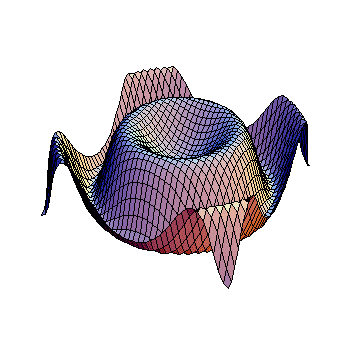What are some common mistakes students make with the Nernst equation?
1 Answer
See below:
Explanation:
Forget that the Nernst equation
(with units of potential in
Only works for the standard temperature and pressure, having to change that for different temperatures.
Forget that the compounds in the log must be in mol/L or one of its derivates (like mmol/L or mol/mL, but not g/L or eqg/L)
Forget/confuse that the compounds in the log must be in product / reagent order according to the REDUCTION equation, and not the oxidation, even if the species is being oxidated.
Forget that in semirreactions like this
The concentration of
Which is the anode and which is the cathode; how to calculate the potential after an incomplete reaction, which shows up when calculating titration curves, e.g.:
20 mL of 0.1 N
(Although the biggest problem here is figuring out the molar ratios and not necesarily one of the Nernst equation)

